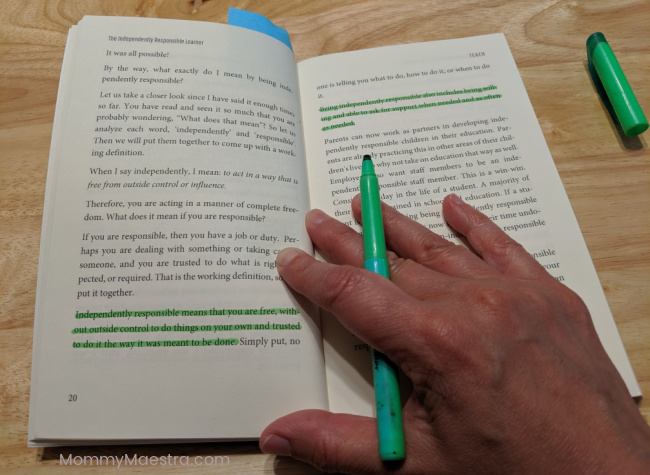If you’re looking for a way to get your child reading, start a book club! It’s a great way to encourage kids to read for pleasure, and it can help them develop important skills like critical thinking and communication. Here are some tips on how to start a book club for 8 to 12-year-olds.
Choose a location
Your home could be an option for a book club location, or you might want to look into local community centers and libraries that offer space for peer groups to meet. These days, you could also do a virtual option. Or you can enlist help from your mom friends and rotate homes for each meeting. If you do choose to meet in person, be sure to check with the parents of potential members to ensure that their child is comfortable coming to your home.
Decide on a format
There are lots of different formats you can use for your book club, including:
- read aloud discussion,
- guided reading,
- and independent reading.
While it's important to pick books that everyone will enjoy and that encourage critical thinking skills, it's also important that they are at the right reading level.
Encourage discussion
Discussing the books is an essential part of a book club, so be sure to pick titles that will spark interesting discussions! You can even have your own "mystery box" that contains possible book choices, and let the kids choose from there.
- have your child lead the group and come up with questions to ask, or
- look online for discussion questions.
Put rewards in place
Whether it's a small prize or public praise, make sure the kids have some sort of reward in place to encourage their participation. Don't be afraid to add your own personal touch to this!
Start small
Remember, you don't have to start with a huge group. A smaller group of dedicated readers is better than a large group that doesn't participate. You can always build up from there. Quality over quantity! (It's also a lot easier to manage and more budget friendly, depending on your reward plans.)
Be flexible
Try to be flexible with your book club plans. If a child can’t make it to a meeting, don’t force them to come. And if someone wants to bring a friend, that’s great! The more the merrier.
Use printable activity sheets
How to modify the book club for specific themes
If you want to focus on a specific theme for your book clubs, like science fiction or mystery, you can use these steps as a guide. Just make sure to choose books that fit the theme, and encourage discussion around that topic. You might even want to create some themed activities to go along with the reading.
Example: Summer Book Club
A good example of modifying a book club would be a summer book club. You can include classics like Jules Verne's Around the World in 80 Days or contemporary titles like Jeff Kinney's Diary of a Wimpy Kid.
Example: Hispanic Heritage Month Book Club for kids
If you're looking for a way to celebrate Hispanic Heritage Month with kids, a book club is a perfect option. You can use books like Esperanza Rising by Pam Muñoz Ryan or The Mystery of the Mischievous Marker: A Mickey Rangel Mystery by René Saldaña Jr. or Bravo!: Poems About Amazing Hispanics by Margarita Engle if you are looking for books by Latino authors.
Example: Women's History Month for kids
If you're looking for a way to celebrate Women's History Month with kids, a book club is a perfect option. You could focus on books featuring strong female protagonists like The Hunger Games by Suzanne Collins or Wonder Woman: Warbringer by Leigh Bardugo.
Where is the best place to buy books for book clubs?
First, always try your local library. Especially if the book club members live in different areas. But if your book club consists of neighborhood kids, chances are your library won't have enough copies for everyone. So, the best place to buy books for book clubs is typically a local bookstore or online retailer. Many bookstores will offer discounts for book club purchases, and you can often find good deals on used books as well.
How should an adult be involved in the book club?
Your level of involvement as an adult has in your children's book club will ultimately depend on the group's preferences. Some clubs may prefer that adults take a more hands-off approach, while others may appreciate having an adult chaperone or facilitator. Ultimately, it's up to the group to decide what level of involvement is best for them. You may lead discussions or just provide snacks and help with set up!
Starting a book club can be a great way to encourage kids to read and discuss books critically. By choosing wisely, you can create a book club that is interesting for kids and encourages discussion. Be sure to have rewards in place to motivate the kids, and try to be flexible with your plans. If you want to focus on a specific theme or holiday, you can easily modify the book club to fit your needs.
Have you ever started a book club for kids? How did it work out?













